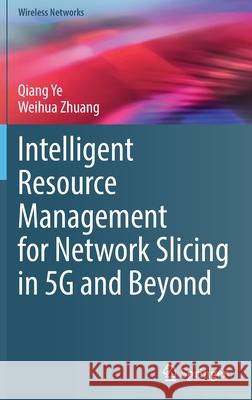Intelligent Resource Management for Network Slicing in 5g and Beyond » książka
topmenu
Intelligent Resource Management for Network Slicing in 5g and Beyond
ISBN-13: 9783030886653 / Angielski / Twarda / 2021 / 208 str.
Intelligent Resource Management for Network Slicing in 5g and Beyond
ISBN-13: 9783030886653 / Angielski / Twarda / 2021 / 208 str.
cena 603,81
(netto: 575,06 VAT: 5%)
Najniższa cena z 30 dni: 578,30
(netto: 575,06 VAT: 5%)
Najniższa cena z 30 dni: 578,30
Termin realizacji zamówienia:
ok. 22 dni roboczych
Dostawa w 2026 r.
ok. 22 dni roboczych
Dostawa w 2026 r.
Darmowa dostawa!
Kategorie:
Kategorie BISAC:
Wydawca:
Springer
Język:
Angielski
ISBN-13:
9783030886653
Rok wydania:
2021
Ilość stron:
208
Waga:
0.46 kg
Wymiary:
23.39 x 15.6 x 1.27
Oprawa:
Twarda
Wolumenów:
01
Dodatkowe informacje:
Wydanie ilustrowane











